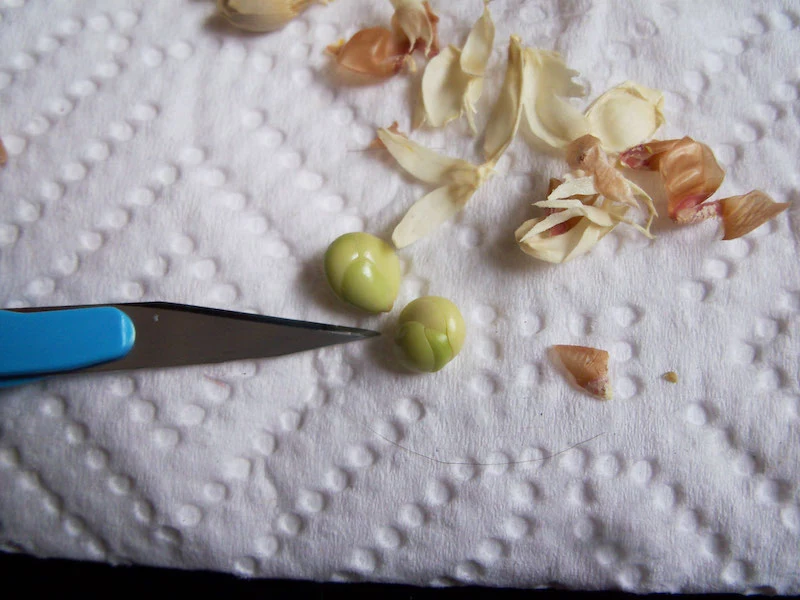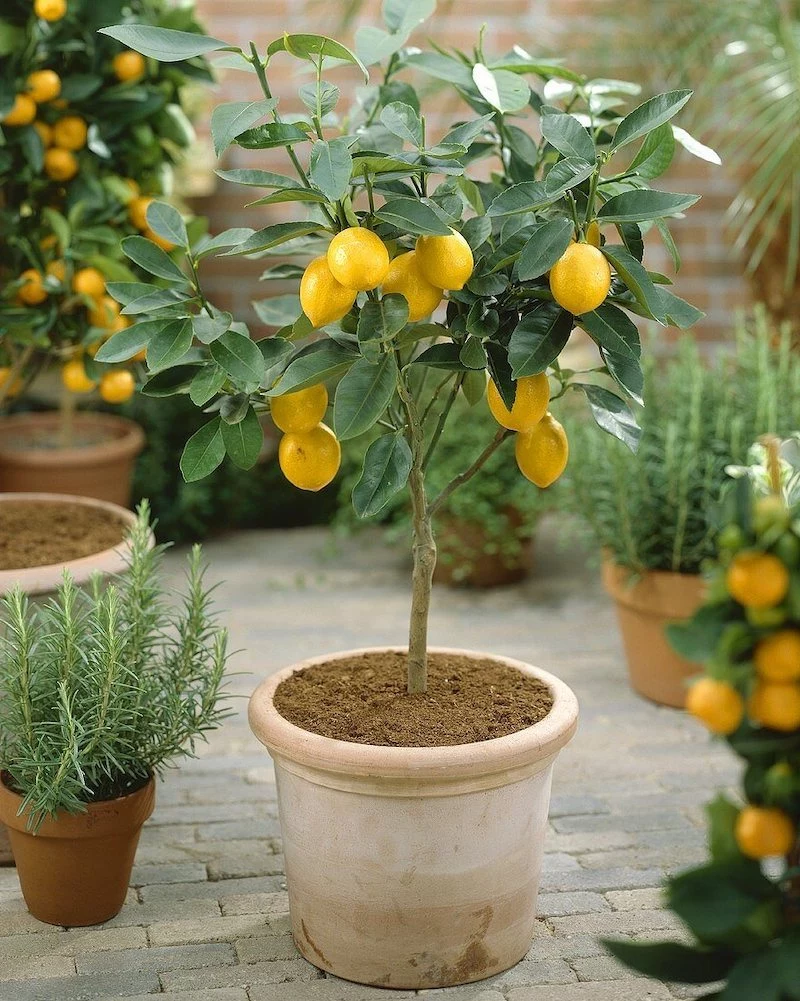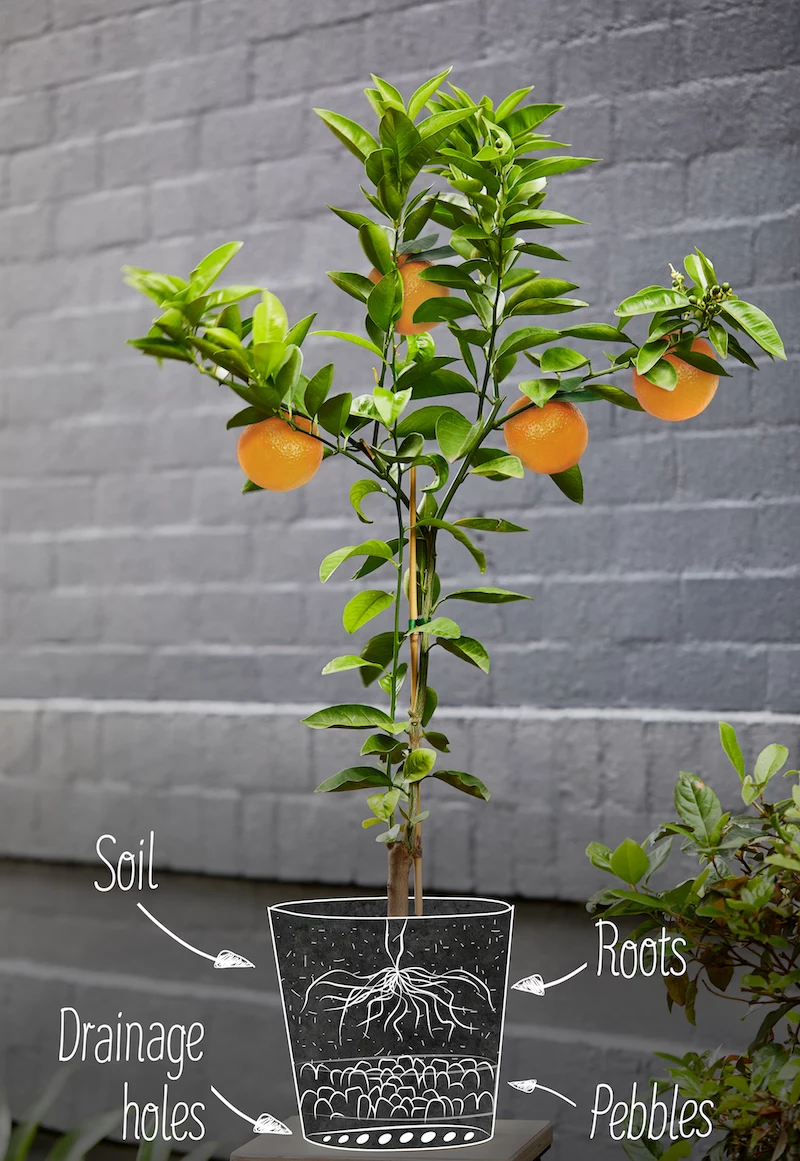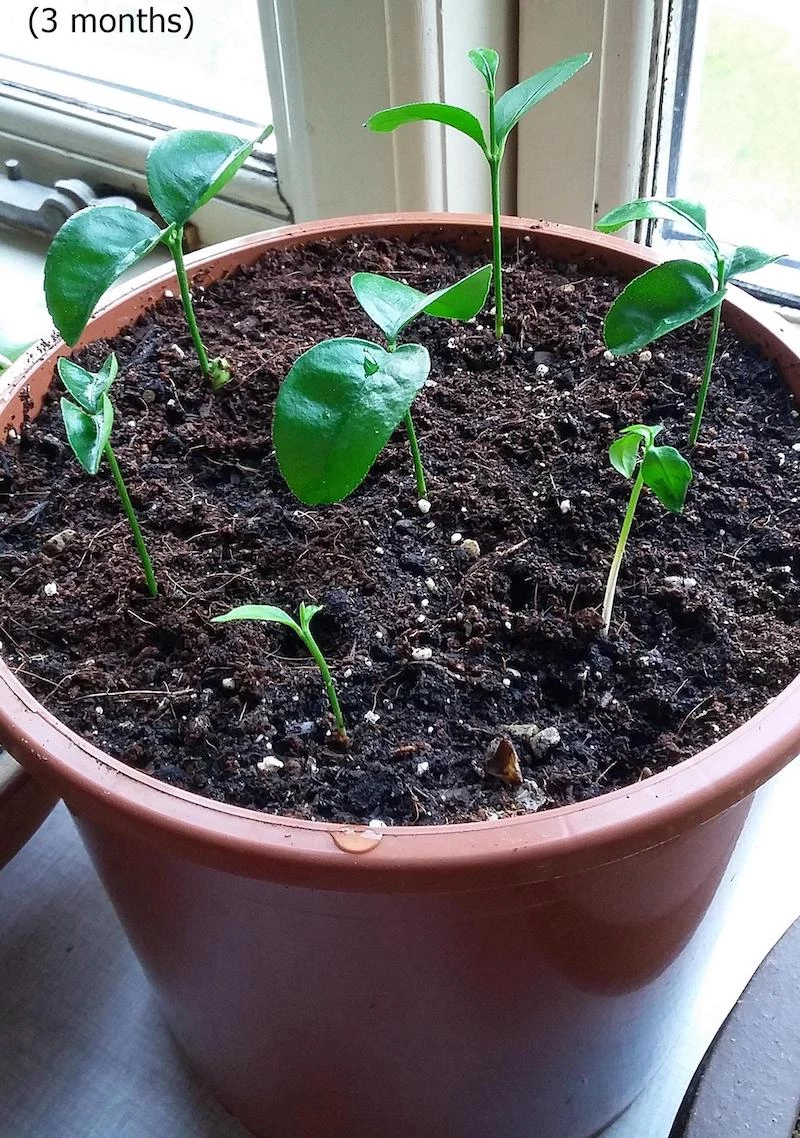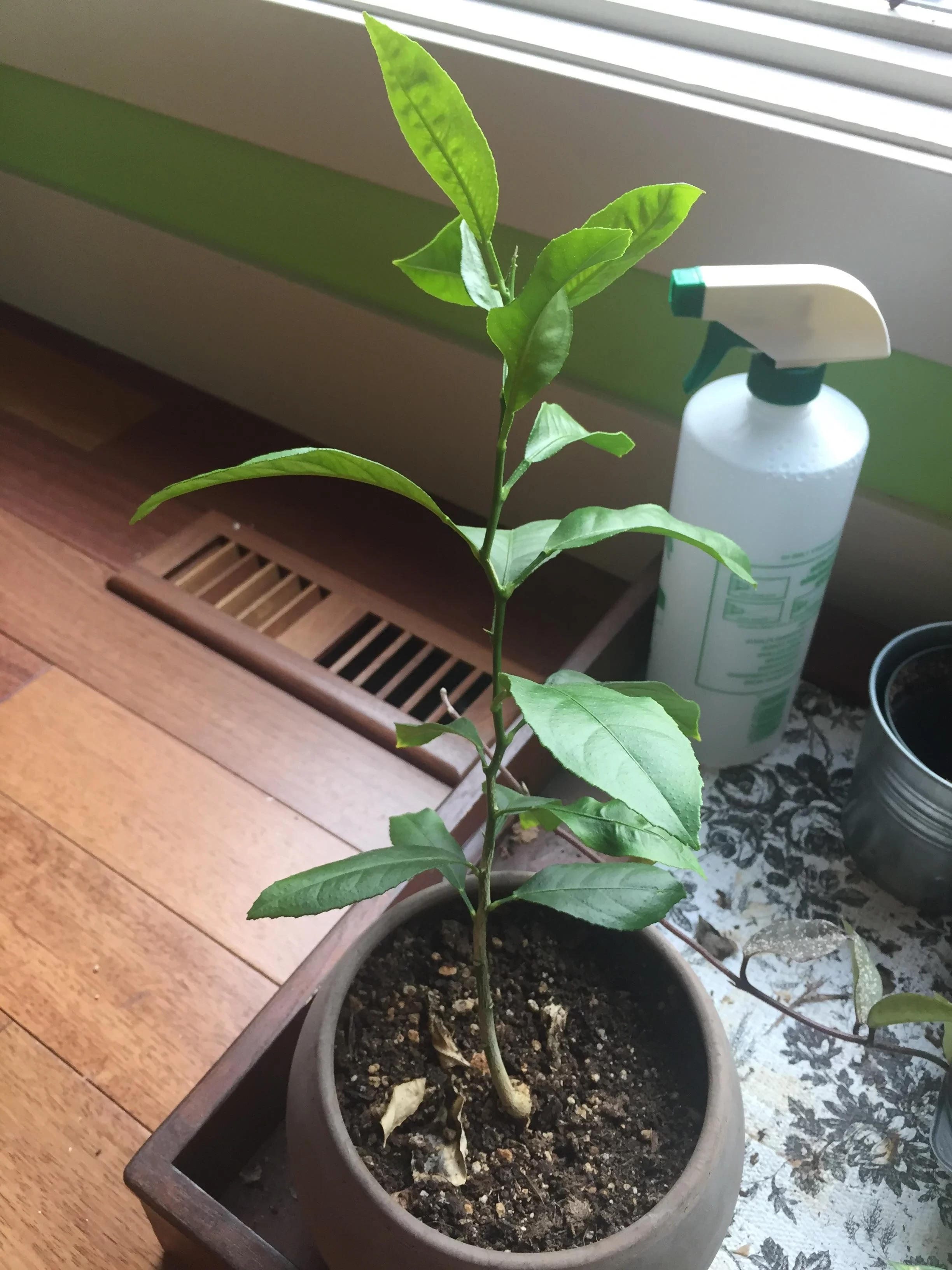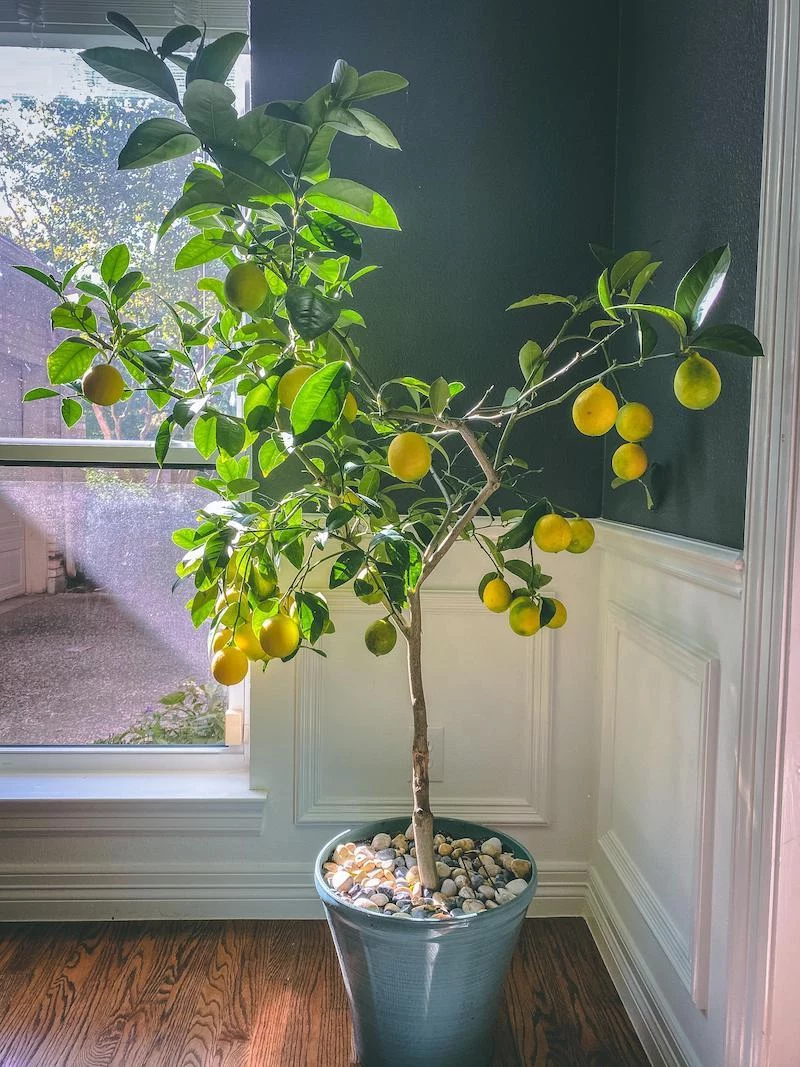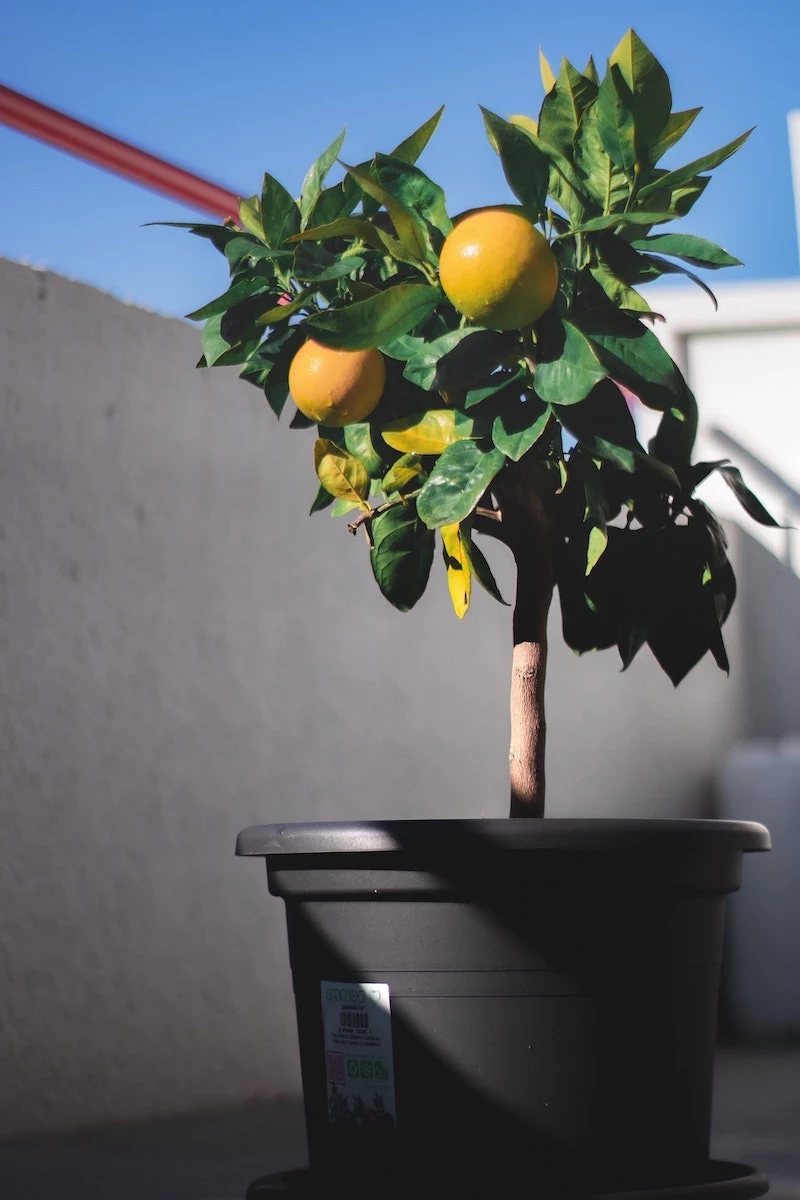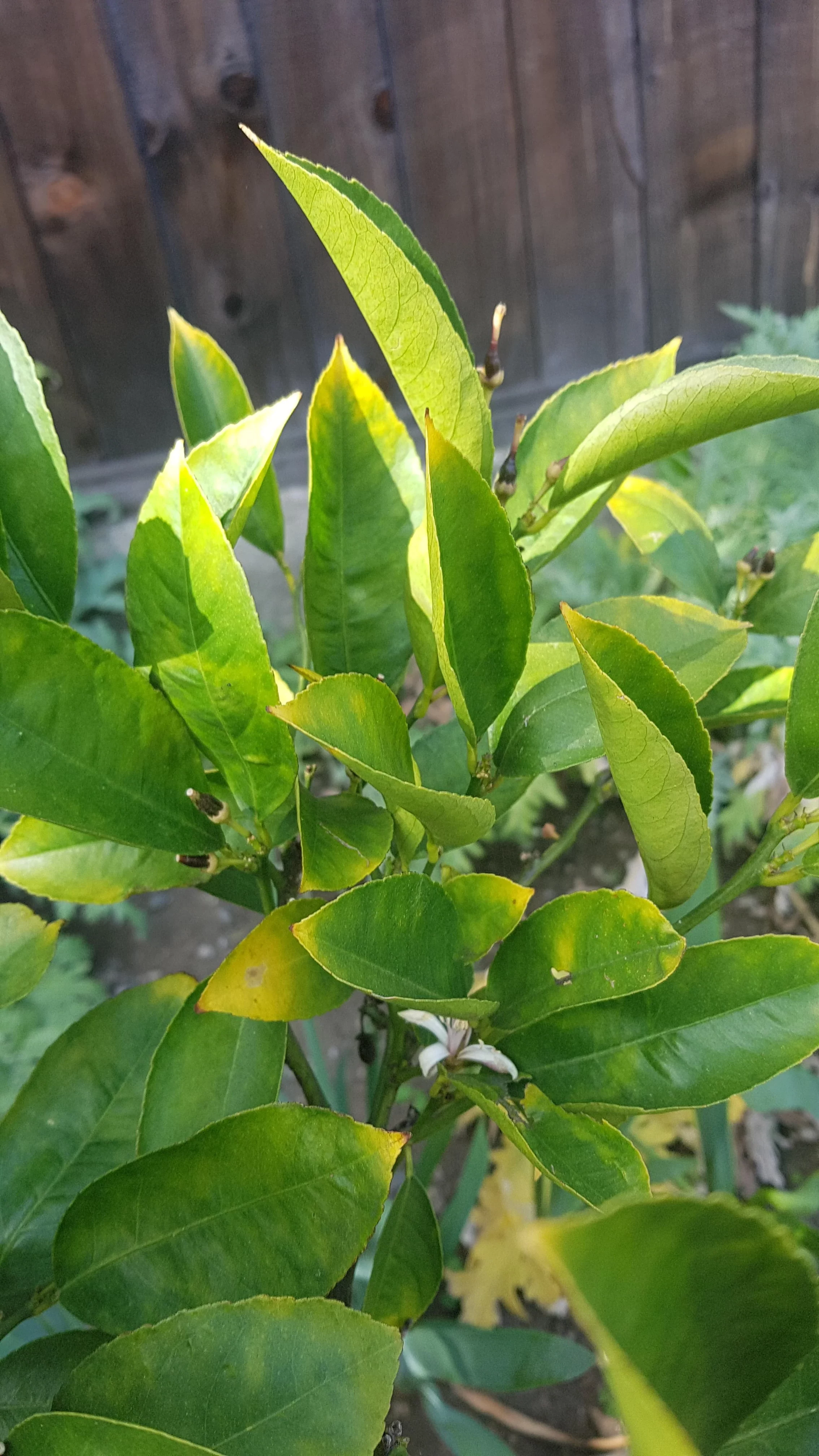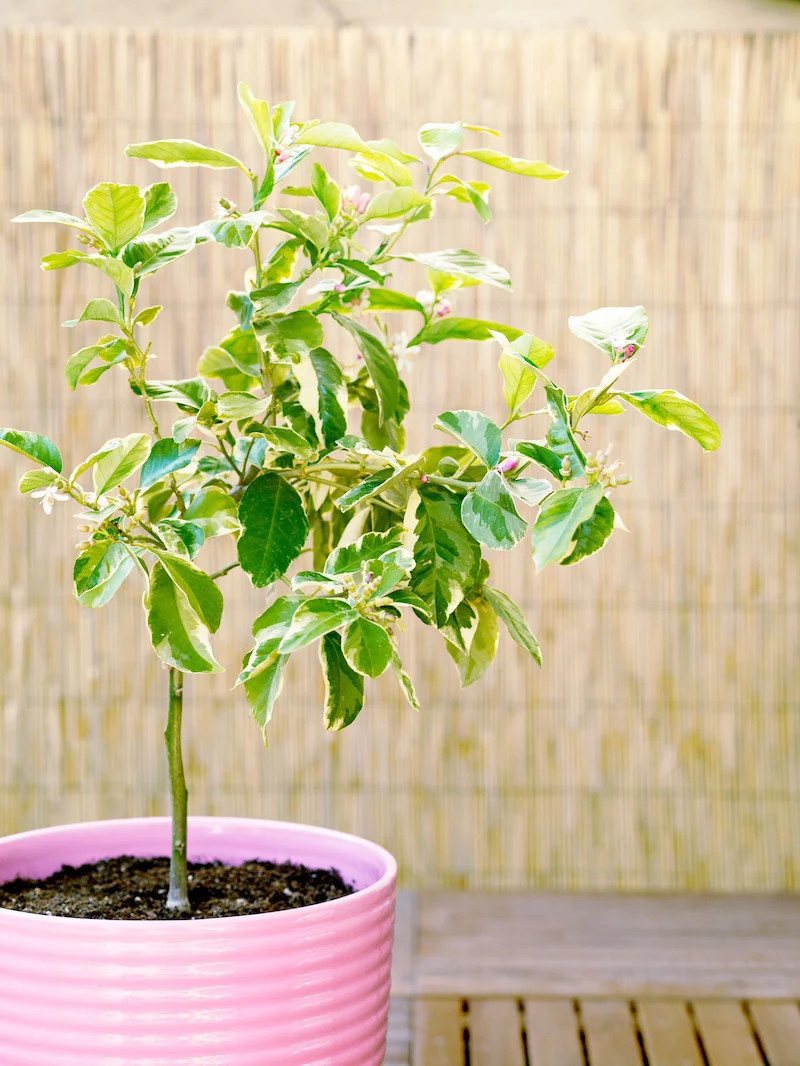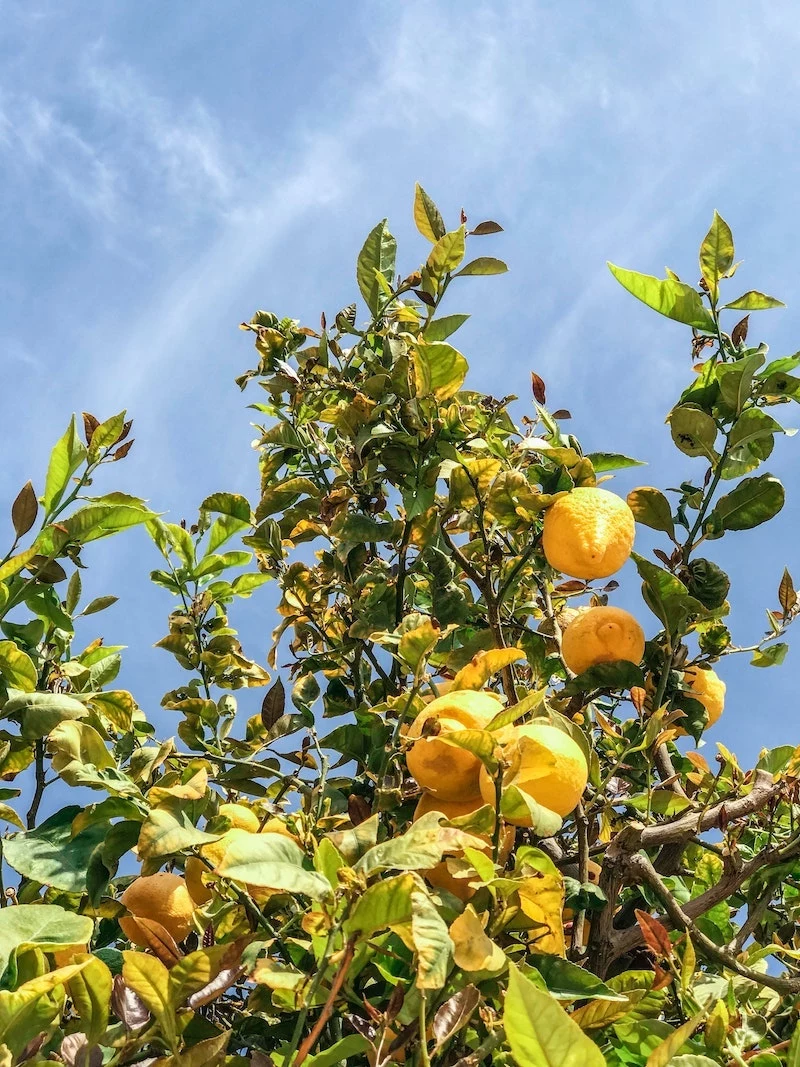Ultimate Guide: How to grow a lemon tree from seed
If you want a plant in your home that is both beautiful and useful, why not learn how to grow a lemon tree from seed! The yellow color of the fruit and the thick green leaves of the lemon will brighten up your home, and the fragrance that the plant spreads will create a unique mood in your home. If you want to make sure you are eating environmentally friendly fruit, this plant is just the one for you! Citrus fruits are becoming increasingly common among gardeners. The vitamin C-rich lemon is an exceptional treasure for any home, and it is not difficult to grow. To do this, you first need to grow a tree from a simple seed of a bought fruit. However, to get it to bear fruit, you need to enrich the tree with a branch from another tree that is already bearing fruit. If you want to learn how to grow a lemon tree from seed in a few easy steps, then keep one reading:
Let’s see how you can grow a lemon tree from seed
How to grow a lemon tree from seed
Before we begin, we want to make one clarification: potted citrus trees will not grow as big as those orange trees you are used to seeing in Greece…and that is okay! Otherwise, you would have a space problem! Remember that if you provide the right conditions, citrus trees grow fast and healthy. The same goes for growing your own avocado tree! So, let’s see the process of growing your own lemon tree:
Homegrown lemons are so worth it
Seeds
How to prep the lemon seeds
The first step in growing a lemon tree is to collect the seeds and soak them in water. Large seeds germinate best, but be sure to clean the outer husk first. Leave the seeds in water for 6-7 days, changing the water daily. And, watch the magic happen. Your seeds will soon be ready to be repotted to their new home.
Did you know that when growing a pineapple plant, you use the top of the fruit instead of the seeds? If you want to know how you can do that, make sure to take a look at this guide for growing a pineapple plant.
Remove the husk, so the seeds don’t rot
Watch this video to know what to expect when growing a lemon:
Choosing a pot
What pot should I use?
Whatever the pot is, make sure it has a drainage hole. Good drainage and air access to the roots are the keys to growing a successful lemon! The same goes when you are growing a papaya tree from seed. Good drainage equals a happy plant! If you often move the pot in and out, a plastic pot will do because it is lightweight and tends to keep the soil moist for longer, but clay pots are much prettier and allow the roots to breathe. If you don’t mind watering more frequently, opt for natural materials to artificial ones. Size matters too! Choose a pot that is taller rather than wide. This will provide a good base and enough support for the tree.
A clay pot requires more watering
Soil
What soil do lemon trees like?
The choice of soil depends on what kind of pot you are using. If you plant the tree in a clay pot, the soil will dry out more quickly, and it is preferable to use soil with more organic matter. That is because you want to retain moisture for longer, since citrus plants do not like to live in very dry soil. On the other hand, if you are using a plastic pot, it is best to plant the tree in a peat substrate, as peat is a light and structured medium and will help drain excess water. Personally, we suggest a mix of both soil types to give the lemon tree a bit of everything – both water and air!
Here is how you should structure the soil
Repotting
Step-by-step instructions for repotting a lemon tree
As with repotting any plant, follow these steps:
- Put drainage in the bottom of the pot.
- Fill up to 2/3rds of the volume of the pot with soil.
- Form a hole in the middle similar in size to the current tree and its soil. This will make moving the plant much easier.
- Move the lemon along with the soil around its roots and center it in its new home.
- Do not plant the citrus tree deeper than it was now, but compact the new soil around the roots well to get the excess air out of the pot.
- Leave at least 2 cm of the pot empty so that water does not overflow when watering.
Time to plant your germinated seeds
This is how your tree will look in 3 months
Your plant will develop leaves
And it will grow quickly
Light
How much light do lemon trees need?
Citrus trees come from warm countries and love the sun! They need 8-12 hours of daylight daily. So, put your lemon tree in the sunniest spot in the house. The other thing to know, especially if the light is not falling directly on the plant but illuminating it from the side, like the light from a window, is to rotate the pot at least once a week. This way, the plants will not be deformed in search of light. If you want to take the lemon out on the balcony or patio in summer, put it in a place with protection from the midday sun, which can burn the plant’s leaves. Citrus trees really like the light of the morning and afternoon sun.
Lemon trees love the sun
Temperature
What temperature do lemon trees prefer?
When minimum temperatures reach low levels, it is time to move the citrus to a warmer location. Like all living things, plants do not like abrupt changes in living conditions. So, acclimatize your lemon before bringing it home by placing it for a few days in a location with transitional light and heat levels – under a shed, on a staircase, or another transit location. Do the same in spring, when you need to gradually acclimatize the plant to outdoor living conditions. Harden it for at least a week-10 days to give it time to prepare for its summer home!
In the summer months, take your tree outside
Watering
How often should I water a lemon tree?
This is the most delicate topic for citrus trees because they don’t like dry soil, but they also don’t like an overly moist environment and their roots can quickly rot. However, there is no universal amount of water for your lemon because watering depends on the pot, the soil, the heat, the humidity, and the light. Whether it is raining, blowing, cloudy or the sun is scorching. The best advice we can give you is to watch your tree closely. There are various indicators of moisture, and an easy way is to stick a wooden stick in the pot for 10-15 minutes, and depending on whether or not it has gotten wet, determine if it is time to water. Lightly loosen the top layer of soil and, if it’s completely dry, it is time to water the plant. What’s more, heavy watering over a period of time is preferable to frequent but light watering. When you provide enough water to reach the bottom of the pot, you encourage the plant to develop deep roots, whereas frequent and light watering only wets the topsoil and causes the plant to develop shallow, superficial roots.
Water your tree heavily but less frequently
Fertilization
Do lemon trees need fertilizer?
Again, this point is very important for potted plants because they take in as many nutrients as we provide! And especially if we want a plant to flower and form fruit, proper nutrition is a must! Use a liquid fertilizer for citrus, which should be dissolved in the water with which you water the lemon tree. Specialized citrus fertilizers contain all the important micro and macro elements that will help your citrus grow healthy and feed delicious lemons! Follow the instructions on the package and observe the recommended fertilizing and dosing times. If you want to go for an all-natural, zer0-waste fertilization method, check out our organic indoor plant fertilizer recipes! You will be surprised how well they work!
Look at the leaves to notice any deficiencies
When should I fertilize the lemon tree?
The principle of nutrition is that each plant requires more food when it is time to form flowers and when it is time to form and feed quality fruit. This means that you should feed lemons in February-March when they are flowering and again in May-June when they will need more energy to feed their fruit. The last feeding of the year is in autumn, when you take the lemon home. Fall fertilizing will help the plant gather energy for the winter, when light and all living conditions are scarce. If you are using liquid fertilizer, which is a faster feed than granular fertilizer, feed at least 1 time per month to maintain nutrient levels.
Fertilize your lemon tree two times in the year
Fruits
Will my lemon tree bear fruit?
Most lemon trees are self-pollinating, just like mango trees! They produce both female and male flowers, so you don’t need to have two or more plants to have a crop, as with kiwifruit, for example. Normally, lemons start flowering in winter, and in early spring “tie” the fruit, which in turn, grows until autumn and at the end of it, and in winter, the lemons are ready for picking. Exactly when to pick them we can’t tell you – it depends on how sweet, sour or juicy you prefer them. Over time, try the fruit at different times until you know when you should pick the tastiest lemon! The best way to store the fruit is to leave it on the plant until you need it! And, this is how you grow a lemon tree from seed!
Tip: If your plant has a pest problem, make sure to check out our organic, all-natural pest control remedies.
Your lemon tree might not be like those in Italy
But it can give you zesty lemons
This is how big your lemon tree will get in 1 year and 5 months:


